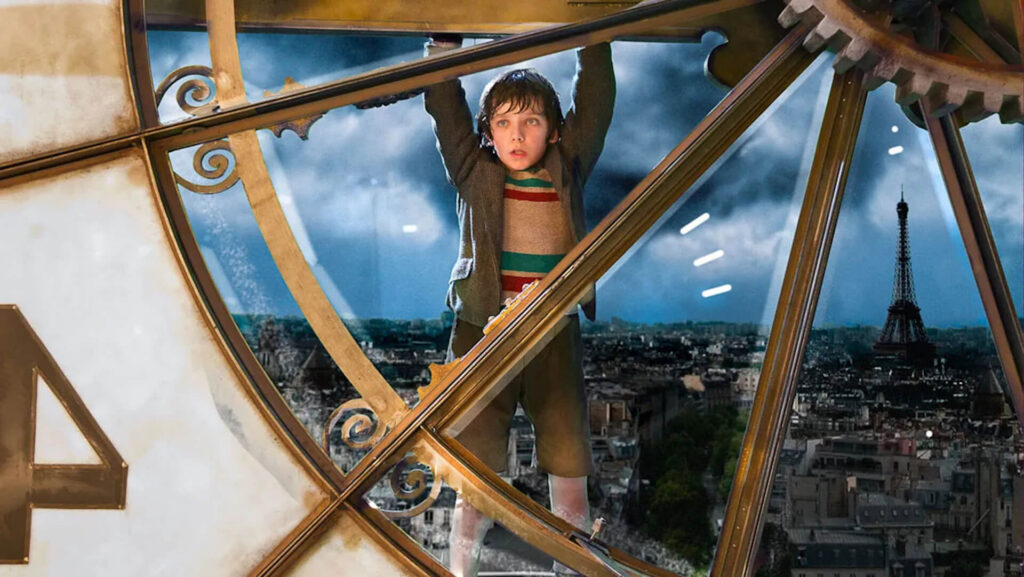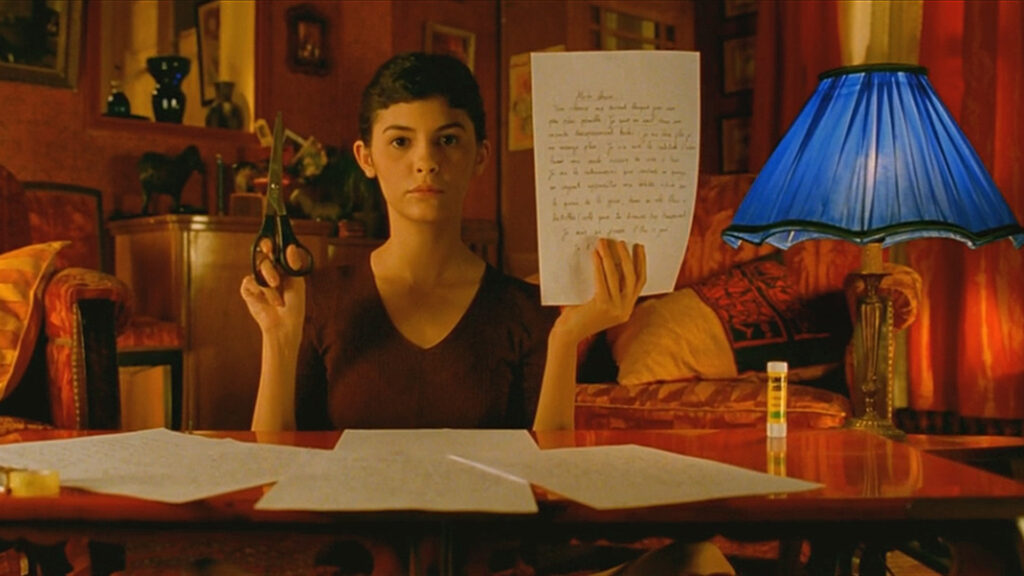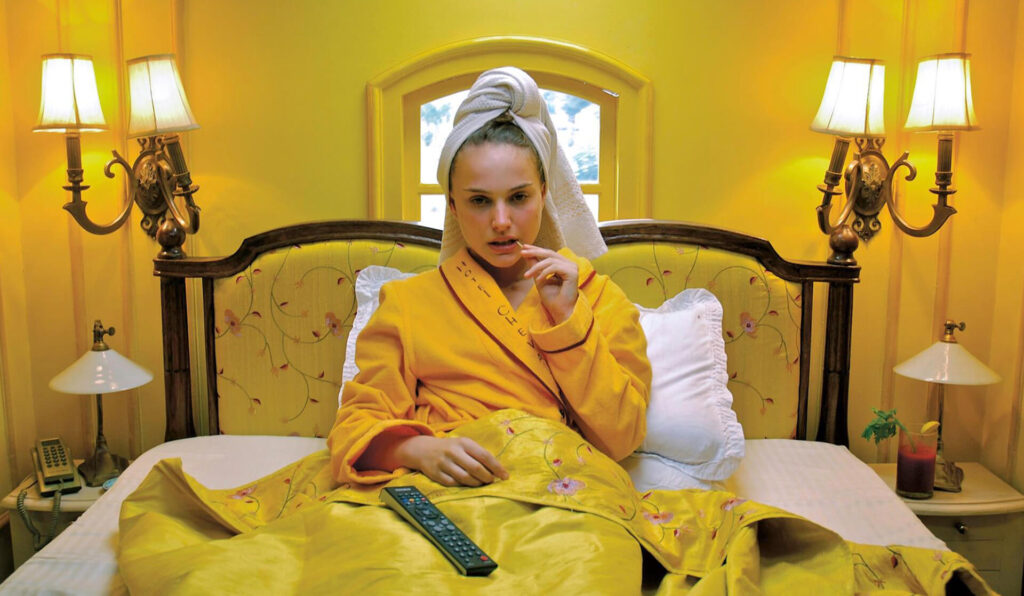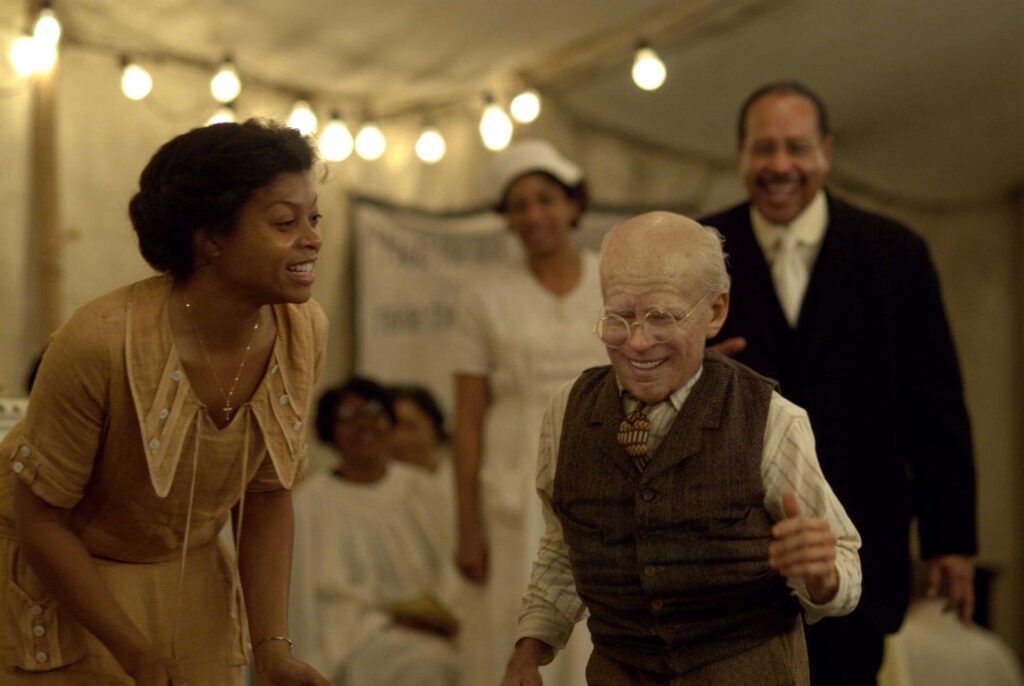Audiences seemed to have had a knee-jerk reaction when they first saw the trailer for Paul King’s Wonka, the whimsy musical prequel to the Willy Wonka & the Chocolate Factory. The trailer has been described as a “literal fever dream” with its “truly bizarre lines.”
The truth behind the reaction to the trailer is that audiences have a hard time with the whimsical genre, which has to do with a sense of eccentric or quirky humor. Whimsical films are not for everyone, but they are easy to misinterpret. These five tips on writing a whimsical film will help strengthen your screenplay and make it pack a much-needed punch to succeed.
What Is the Whimsy Genre?
Whimsical is “characterized by whim or caprice especially (lightly fanciful)” and is sometimes “subject to erratic behavior or unpredictable change,” according to Merriam-Webster. Whimsical films take objectivity and break it by diving into a character’s subjectivity of their emotional, psychological, geographical, or anthropological words.
Think of the whimsical genre as fantasy grounded in a version of reality. The audience subjects themselves to a reality of hyper-subjectivity and unreliable narrators. What is true and what isn’t true does not matter as much as the lesson learned.
Whimsy aspired to be surrealism or magical realism, but there is a level of kookiness that refuses to let go of “normal” reality.

‘Hugo’ (2011)
The whimsical aspects feature quirky characters, ambiguous settings and lore, and the magical or supernatural—often influenced by mythology, folklore, and fables.
While you might think of Tim Burton’s Big Fish or Rian Johnson’s The Brother Bloom as whimsical films, they are not. They flirt with the idea of the genre, but Wes Anderson, the Polish Brothers, Michel Gondry, and Jean-Pierre Jeunet embrace whimsy fully.
Many films perfectly nail these elements, but the few that stand out are Martin Scorsese’s Hugo, Jeunet’s Amelie, Gondry’s Eternal Sunshine of the Spotless Mind, King’s Paddington Films, Terry Gilliam’s The Imaginator Parnassus, and Ben Stiller’s The Secret Life of Walter Mitty. These films can depict the harshness of reality and the rawest emotional states of characters through their imagination and whimsical settings.
Read More: ‘Land’ Screenwriter on His Magical Hollywood Journey at Age 47

‘Amelie’ (2001)
5 Tips for Writing a Whimsy Screenplay
Whimsy is natural to all writers. It is the playfulness writers bring to the page. It starts by filling out the space and making each decision strong and purposeful.
When writing your first draft, don’t overthink every detail. Instead, play into ideas and go as far as you can with them. Once you’re ready to start the edit, here are five aspects to be aware of when writing whimsy.
Elevate Common Locations
It is a wonder how much an everyday location can tell an audience about the world these characters live in. Whether it be a train station, a simple market, or a small apartment in the middle of a busy city, there is already a connotation about the reality the characters live in.
What makes these locations mundane one moment and then extraordinary the next? Whimsy is all about finding the beauty in the mundane and playing with notions of reality. As writers, you are free to explore outside the limitations of a single space. The best way to do this without wasting valuable page space is by using a location that already has tropes and ideas tied to it.

‘Eternal Sunshine of the Spotless Mind’ (2004)
Quirky Characters
A whimsy world cannot exist without quirky characters. While the word might send a shiver down your spine, quirky is not necessarily a bad thing. Instead of thinking of manic pixie dream girls (a common character trope in the whimsical genre), think about the unusual habits that make a character who they are. Whimsical characters are often social outcasts or unusual in a pleasant way. They are imperfect and flawed by their selfish desires or strange habits.
French filmmaker Jeunet is a master of quirky characters. He typically shows audiences someone’s likes and dislikes or the barely relevant back stories of a minor character accompanied by faux-scientific facts and diagrams.
Perhaps the best American director to reference for quirky characters is Anderson. Anderson knows that characters are defined by their first action on screen. We’ve talked about how Anderson can establish who a character is through their quirk, but it really is something writers should study and understand.

‘Hotel Chevalier’ (2007)
Suspend Reality
Once the location and characters are established, it is time to dive into the subjectivity of the main character. Most whimsical films have the story switch back and forth between reality and the suspended reality of the character’s subjectivity, often making them unreliable narrators.

‘Garden State’ (2004)
Show, Don’t Tell
While this is a common tip for screenwriters writing any genre story (really any story), showing a moment in a whimsical film rather than telling it is almost essential to the genre’s success. Jeunet does this by saying and showing a character’s likes and how they return to those likes throughout the story for comfort, while King shows how Paddington Bear’s presence has a positive impact on a community through the friendly interactions, bright colors, and cyclists passing open flower carts in Paddington 2.
Creating a visual for a feeling is far more impactful than telling the audience that someone enjoys something. Show the audience how a character reacts to something and why.
When editing your whimsical story, sit down with moments and find ways to expand this idea into a visual representation. Rather than say that the character feels sad, suspend reality and have the character melt into a puddle of water. Rather than have a character be anxious on the street, have the crowd of people multiply quickly and push the character around.
Read More: How to Incorporate Visuals Into Your Screenplay

‘Paddington 2’ (2017)
Blunt Moral Punch
While every story has a moral lesson learned, whimsical films have a philosophy that pushes the story forward. The moral punch is often packaged in a beautiful, silken way. While the character might be preoccupied with other storylines in the film, there will always be a moment, typically in the end, when a side character offers a bit of wisdom to the main character, saving them from this conflict that has been following them throughout the story.
In The Curious Case of Benjamin Button, the line, “When it comes to the end, you have to let go,” is the grand thesis of the film. It is bluntly stated so the audience cannot misinterpret the writer’s intentions.

‘The Curious Case of Benjamin Button’ (2008)
—
Whimsical films are a great way to escape from the everyday world and experience a sense of wonder and enchantment. They can also be a source of inspiration and hope. But whimsical films can be tough to write if you don’t pay attention to the desires and internal worlds of your characters.
While whimsical films are an acquired taste, they have the power to be timeless stories that will capture the imagination of audiences for generations.
Read More: 10 Films That Defy Genre Conventions
CHECK OUT OUR PREPARATION NOTES SO YOU START YOUR STORY OFF ON THE RIGHT TRACK!
The post 5 Screenwriting Tips for Writing Whimsy appeared first on ScreenCraft.
Go to Source
Author: Alyssa Miller


